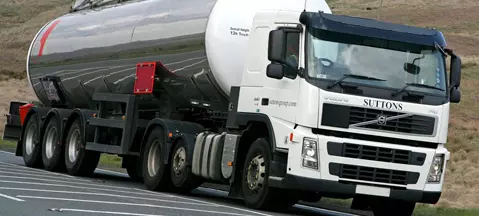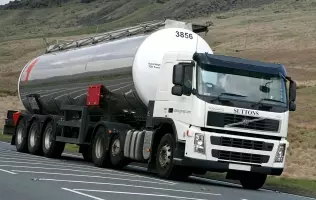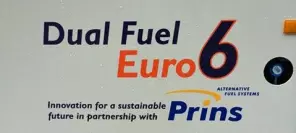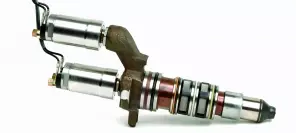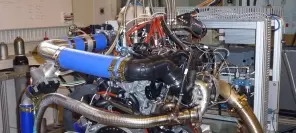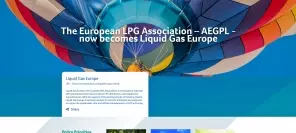- Main page
- Search
- Up to date
- Products
- Technology
- Vehicles
- Video
- Conversion Payback Simulator
Port Injection - Conversion Payback Simulator
Direct Injection - Conversion Payback Simulator
Diesel - Newsletter
ADR-certified trucks can run on gaseous fuels
 loading results...
loading results...Thanks to combined effort by NGV Global and the AEGPL (European LPG Association), the Working Party 15, Transport of Dangerous Goods, passed an amendment allowing the use of LPG, CNG and LNG for European ADR-certified vehicles at the United Nations in Geneva on November 11-12, 2015. From now on any truck hauling any of the gaseous fuels will be able to run on it, although obviously it will not be fueled straight from its own tanker.
ADR-certified trucks may not be many, but until now they were banned from carrying additional pressurised fuel tanks, thus making it impossible for operators to run these vehicles on virtually anything but diesel. And while diesel offers decent enough economy, all gaseous fuels surpass it in that respect, not to mention the substantially reduced environmental impact autogas and methane make compared to diesel.
In fact, ADR regulations were made specifically with diesel-powered vehicles in mind. They did not exclude trucks with engines running on LPG, CNG or LNG, but instead they just did not include them. Another problem was that the ADR regulation required leaking fuels to go to the ground. That's impossible with gaseous fuels – CNG dissipates immediately into the atmosphere, while LPG and LNG, even though they initially flow to the ground, eventually also dissipate into the air. And so trucks transporting gaseous fuels could not use them as their own fuel.
But that's luckily a thing of the past now. NGV Global started campaigning in favour of adding LNG trucks to ADR in 2013, making safety presentations and otherwise proving how safe the fuel is irrespective of nature of the goods being transported. The AEGPL soon joined in to work towards adding LPG and CNG as ADR-certified fuels, too. This has raised certain scepticism as autogas and natural gas are seen as competitors, but on the other hand this is a brilliant example of cooperation despite divisions – it's all in the name of lower emissions, so working hand in hand on this particular issue makes all the sense in the world.
In politics we are partners because, generally, what is good for one fuel is good for the others. In the marketplace, the customers decide for themselves which of the fuel alternatives to choose based on their own needs and desires.
It was not an easy battle so we all have good reasons to be happy with the outcome. I have to say, another reason of satisfaction is to see the LPG and the NGV sectors joining forces and speaking with one voice. Maybe this little success story may help them (those who are skeptical of the partnership) see things differently and realise that any LPG-NGV confrontation makes very little sense from a lobbying point of view.
Samuel Maubanc, the Director of the AEGPL
While LPG-only trucks are a rarity, LPG/diesel blends can be used instead, not to mention CNG- and LNG-only dedicated solutions. Will transport operators grasp this new opportunity? We sure hope so!
